On a mound hulking over the beginnings of a fertile valley in the Gyroulas district, south of the village ...
-
The Ancient Sanctuary of Apollo and Demeter at Gyroulas, Sagri
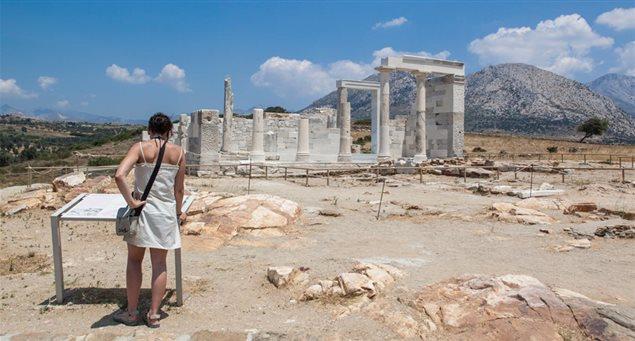
The Ancient Sanctuary of Apollo and Demeter at Gyroulas, Sagri
-
The Ancient Quarry of Apollonas
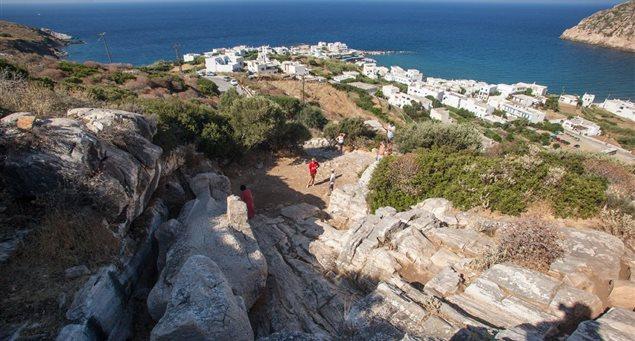
The Ancient Quarry of Apollonas
-
Archaeological Site of Grotta
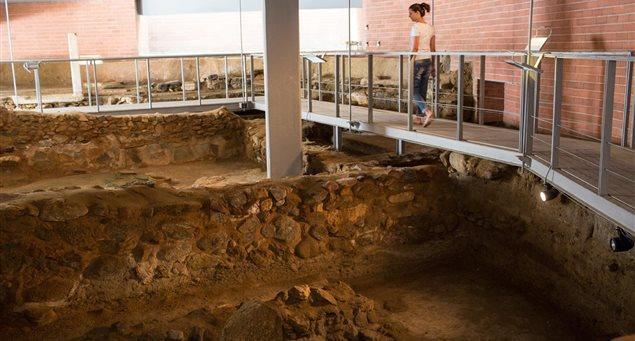
Archaeological Site of Grotta
-
The Ancient Naxos Aqueduct Tunnel between Barou and Kaminia
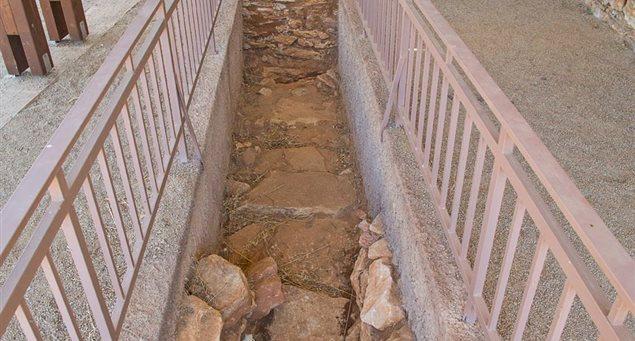
The Ancient Naxos Aqueduct Tunnel between Barou and Kaminia
-
The Ancient Sanctuary Dionysus at Yria
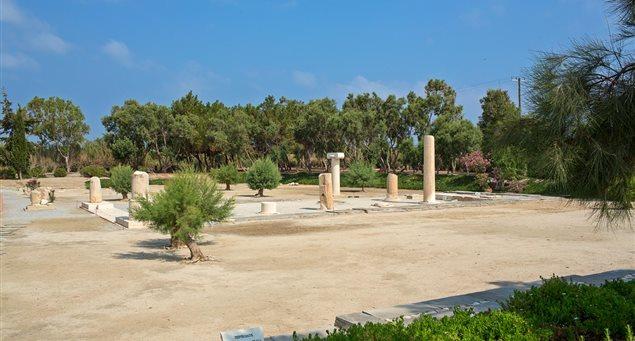
The Ancient Sanctuary Dionysus at Yria
-
Kouroi of Melanes
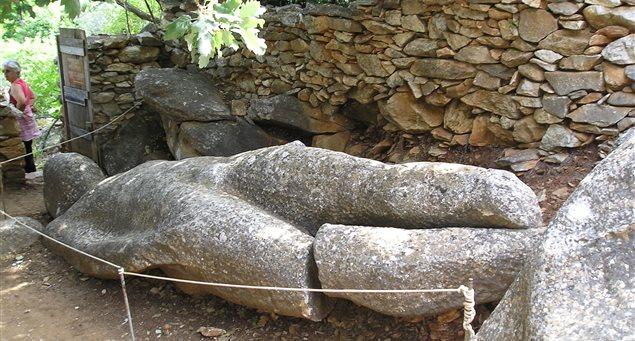
Kouroi of Melanes
-
The Kouros of Apollo
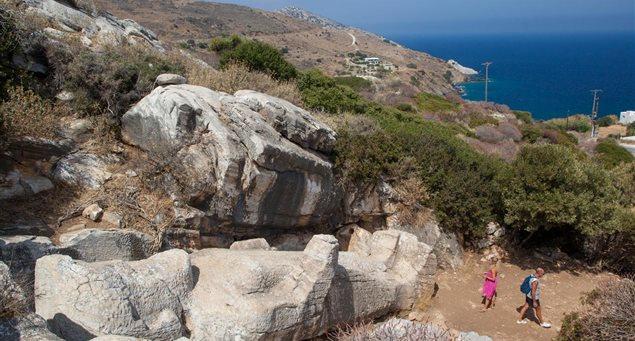
The Kouros of Apollo
-
Mycenaean Tomb at Chosti
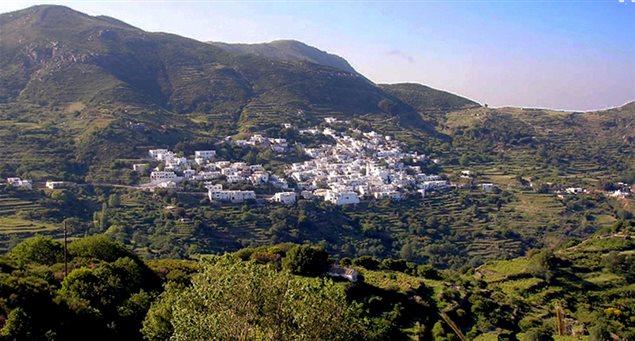
Mycenaean Tomb at Chosti
-
The Temple of Apollo – Portara

The Temple of Apollo – Portara
-
Geometrical Era Necropolis
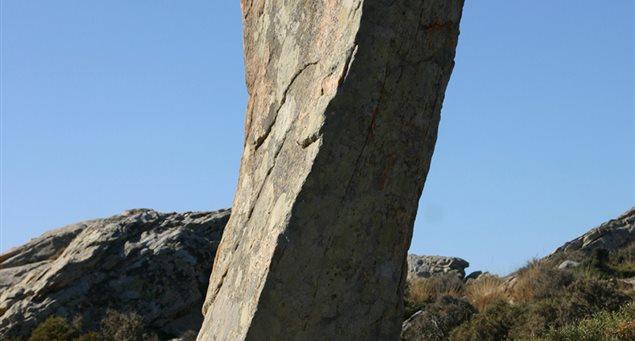
Geometrical Era Necropolis
